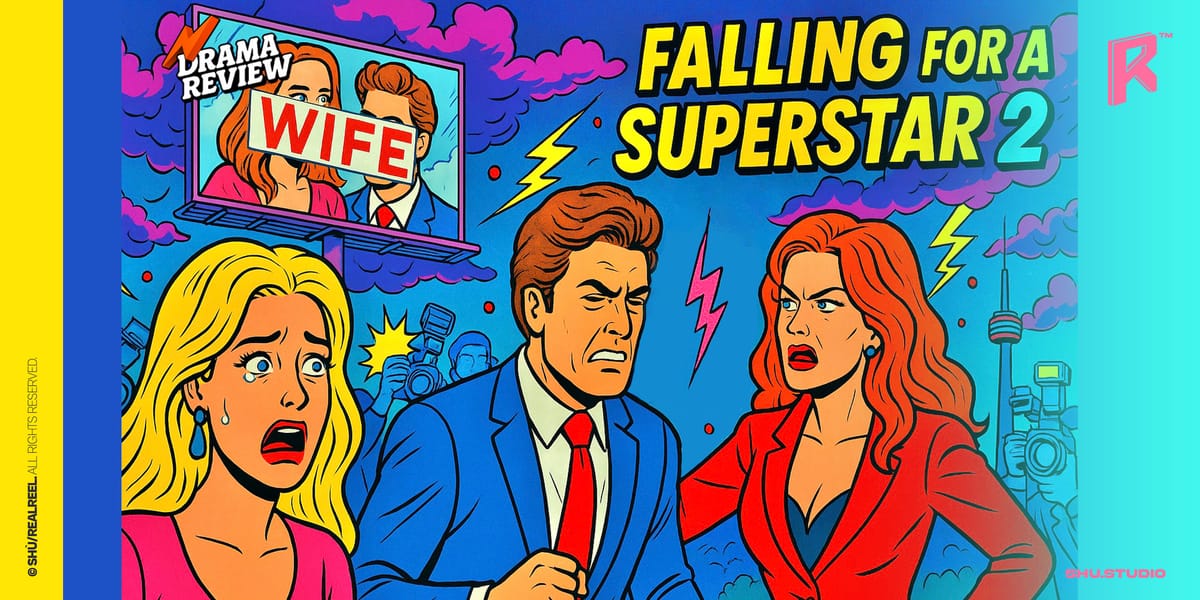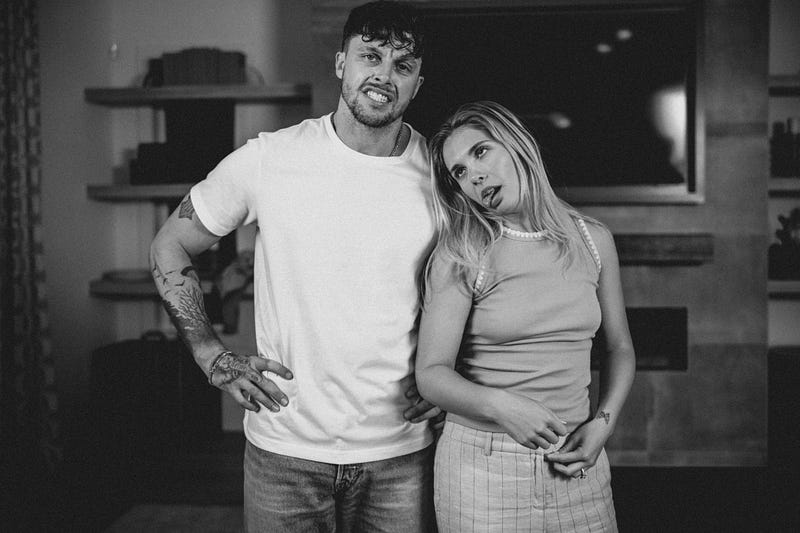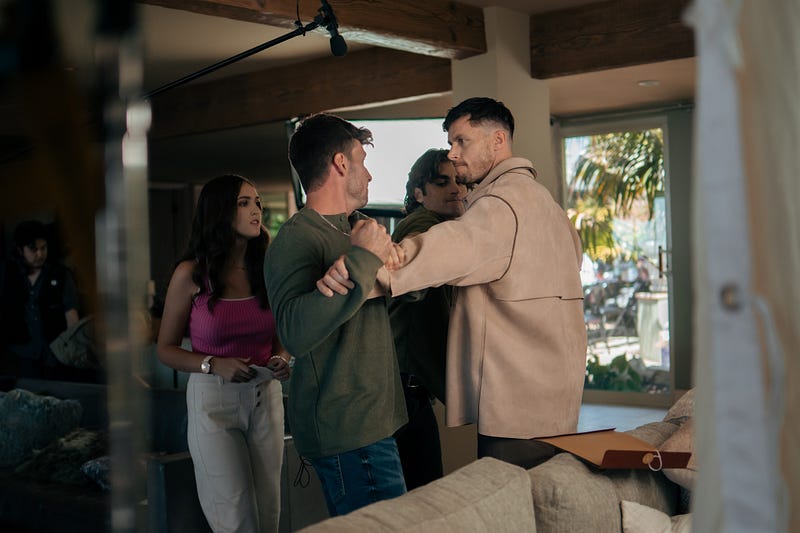Vertical Drama Review: Falling for a Superstar 2

⚈ ⚈
The first Falling for a Superstar (2024) was a quick, fizzy pitch: an ordinary woman falls for a Hollywood A-lister and has to navigate the glare that comes with him.
Season 1 found an audience across short-video platforms and on AltaTV, the pay-per-episode app built for bite-size storytelling.
Join Real ReelVertical drama grows up: marriage, media storms, and the cost of staying in love…
Season 1 headlined Ashley Michelle Grant opposite Jackson Tiller and played as a comfort watch: high-gloss, high-velocity, and built for scroll-stopping micro-cliffhangers.
Season 2 shifts the center of gravity. Rolled out on AltaTV in September, the new chapter positions itself as the platform’s marquee sequel and pivots the show into “after the happily-ever-after” territory: one year into the marriage, an ex surfaces publicly, claiming she’s the real wife, and the couple’s private life becomes a live-ammo PR crisis. It’s a more combustible premise than the first outing and a natural fit for the vertical format’s rapid escalation beats. (Trailers and social spots pushed exactly that hook.)

What’s new, and what works
Director Qianqian Zhao doubles down on a grammar that suits phone-first drama: tight close-ups, clean shot-reverse coverage, and edits that land every 8–15 seconds with a new piece of information or an emotional reversal. The camera rarely wastes a move; performances carry the burden. Grant remains the show’s anchor, and Season 2’s early credits suggest new faces are folded in to complicate the domestic picture and the star machine around it. The result feels less like a frothy meet-cute and more like a pressure cooker, where brand management and intimacy keep colliding.
AltaTV’s transactional model (free taste, then pennies per episode) also continues to flatter this material. Episodes don’t just end on cliffhangers; they end on reasons to tap “unlock.” The app’s store copy literally sells that cadence, no monthly fee, pay a dime for the next hit, which nudges the writers to structure payoffs at a high frequency without breaking the season’s spine.
Behind the scenes, Production House 8, an LA shop that’s been quietly cranking out verticals, keeps the look polished enough to pass the thumb test: warm color, shallow depth, fast coverage, and locations that read in a heartbeat. The company’s feeds have been teasing BTS from Superstar 2, and Zhao’s name shows up across directing credits, which tracks with the show’s continuity of style.

What doesn’t
When the writing leans on “function-first” lines (“for the audience at home: here’s the twist”), the reality gets thin. Antagonists sometimes feel like devices rather than people, which is common in the category but more noticeable now that the show is chasing messier, married-life stakes. A little more texture, actual PR/legal process, or the grind of a working set, would make the fame narrative bite harder.
If Season 1 was about falling, Season 2 is about staying, and what staying costs when your spouse is a product as much as a person. For American viewers new to vertical dramas, this is a clean on-ramp: self-contained beats, clear emotional stakes, and craft designed for the screen you already have in your hand. For industry folks, it’s another data point that the format can sustain a sequel without collapsing into repetition, provided the writers escalate consequences, not just plot.
Falling for a Superstar 2 is a smarter, sharper version of its own premise. It trades the sugar rush of Season 1 for a tangier cocktail: jealousy, reputation, and adult decisions, without losing the vertical form’s snap. It’s still snackable. It just fills you up a little more.
★★★☆☆






